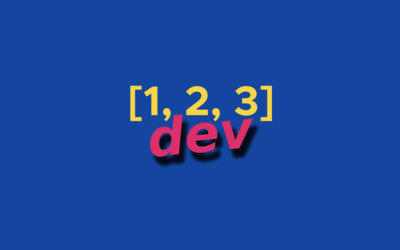Skills, stories, and software every dev should know - 123dev #47
Posted on November 23, 2021 • 3 minutes • 582 words

Comments
Moment of impact
If you watch the gif again look at the moment the ball hits the glass. The glass appears to shatter before the ball makes contact. How is that possible?
It turns out glass often breaks from tension rather than compression. The ball pushing on the glass makes it break from the opposite side from where it hit.
Sometimes we think our features or products are going to make a big impact for a certain use case or user. It’s not until we observe their actual use cases that we realize our assumptions were wrong, but the reality makes more sense. Don’t ever be afraid to be wrong about your use case assumptions. It’ll help you adapt and build the right thing your users need.
New products that suck is good
I started playing Halo this week using Xbox Cloud Gaming beta. It works in many use cases, but it’s extremely frustrating for others (e.g. fast pace multiplayer). It reminds me of a classic innovator’s dilemma situation when a new product is only viable for a small subset of the existing user base.
But the new product creates new consumers because it allows people to do things they couldn’t do before—even with a worse user experience. In my case it let me play Halo Infinite even though I don’t have a gaming computer or Xbox. I was a non-consumer, but became a consumer even though the performance and graphics are not as good.
If history has taught us anything it’s that poor performing products will almost always get better with time. Soon the thing that was a small, niche market will displace the traditional revenue streams.
Links
Speaking of innovation—I posted a recent lightning talk about how to determine what new products will be big and which are just exciting new technologies. Creating new consumers is a big reason why I don’t think web3 is a disruptive innovation. It doesn’t create any new consumers.

TikTalk - Devopsdays Portland, OR 2021 — www.youtube.com
A lightning talk about cycles in technology and how to spot them. https://devopsdays.org/events/2021-portland-or/program/justin-garrison Full abstract:Technolo…
I find myself constantly telling people that being data-driven is not going to make you innovative. I usually would say this because collecting data will make you too slow. Thanks to this article I now have a better way to articulate why. Because fundamentally the majority of data will favor the majority audience. But disruptive innovation happens with non-consumers and “visionary ideas derive directly from centering people at the margins.”

The Oxymoron of “Data-Driven Innovation” – Chelsea Troy — chelseatroy.com Once upon a time, during the dawn of the internet era, early web products often came from college dudes. The dudes were almost always wealthy and well-connected, but they weren’t usually market-savvy. These people, now billionaires, have given beaucoup interviews on how they got started. Look: I’m as concerned about survivorship bias in drawing conclusions…
If you’ve ever seen a bash script that self expands an archive and executes an installer it was probably made with makeself. In a world of containers and multiple other portable executable formats I don’t recommend using it, but it was something I learned about fairly recently despite having used shell archive “shar” files for many years.
GitHub - megastep/makeself: A self-extracting archiving tool for Unix systems, in 100% shell script. A self-extracting archiving tool for Unix systems, in 100% shell script. - GitHub - megastep/makeself: A self-extracting archiving tool for Unix systems, in 100% shell script.
